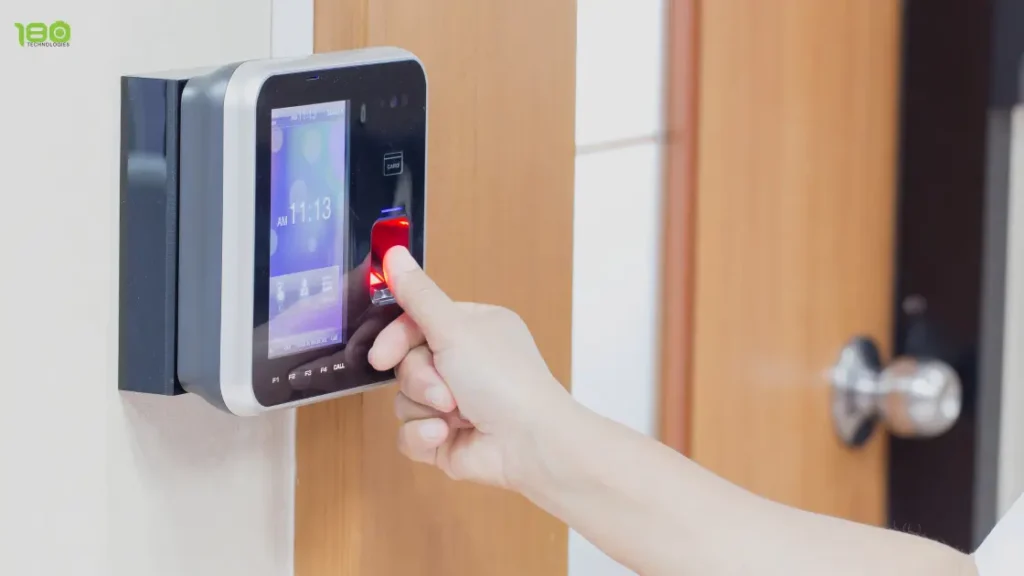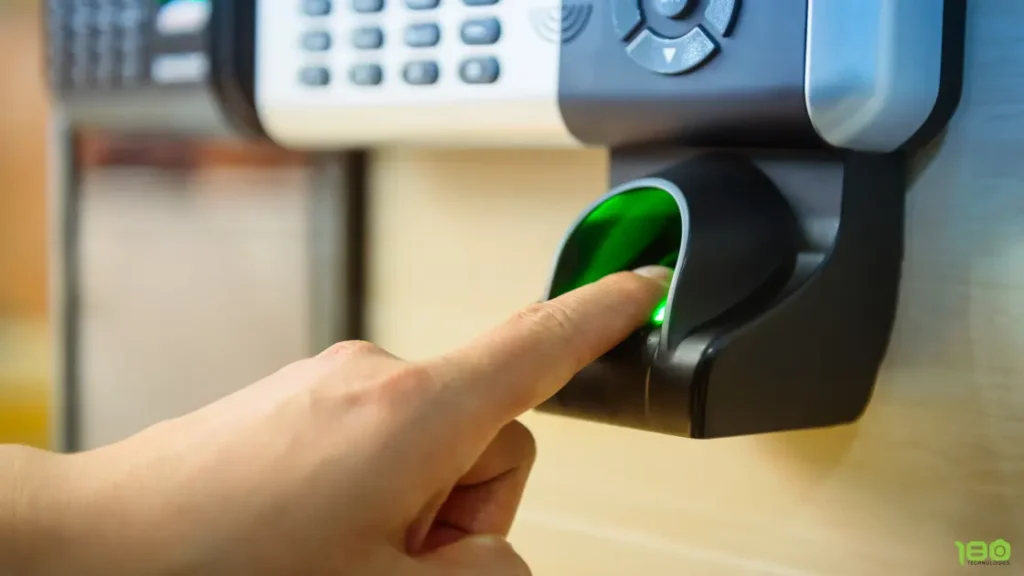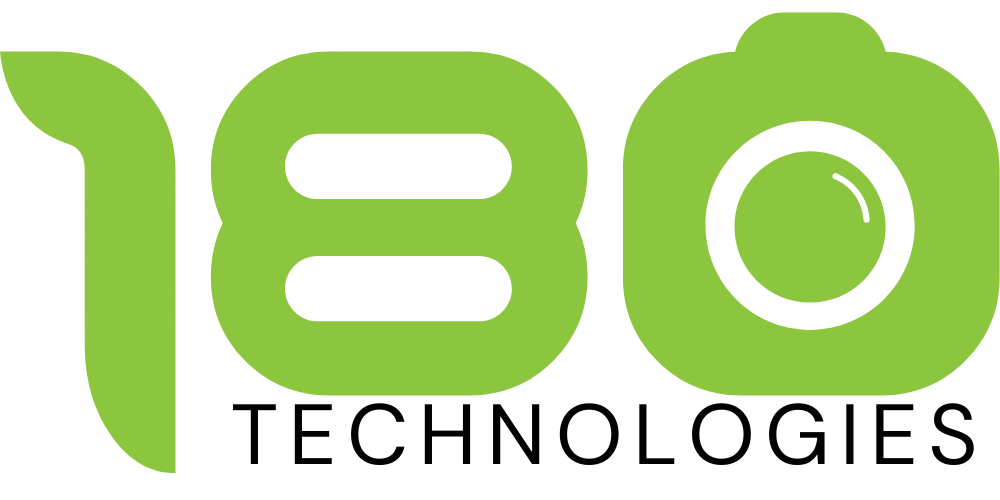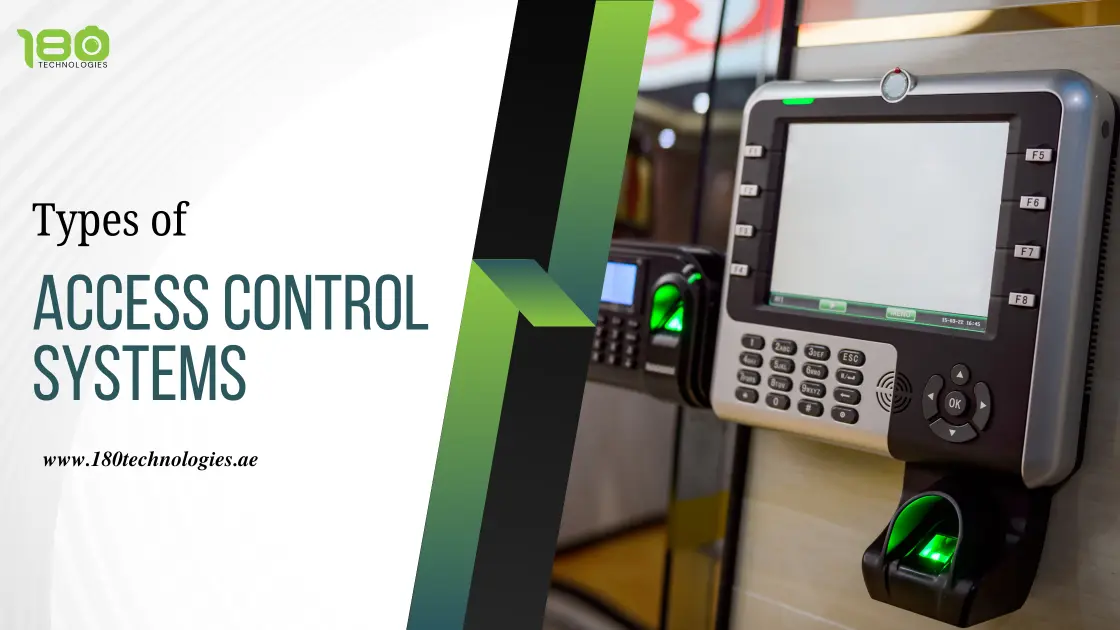The advancement in smart technology and home automation features have greatly benefitted both individuals and businesses. These home automation techniques include lighting control, video surveillance, smart TV, home entertainment systems, access control systems, and other security features. Among all these, access control systems have been popular among businesses having highly organized office buildings and other interiors.
Access control systems are designed to allow or deny access from or to a particular area. The basic idea is to identify a person, check their authentication, and allow or deny access based on it. Access control systems are very helpful for large-scale businesses where a huge number of employees work. Here, we will have a look at the different types of access control systems used.
Mandatory Access Control (MAC)
This is considered the most restrictive kind of access control. Here, all restricted doors are controlled by the security settings developed by the system administrators. Users cannot modify permissions that allow or deny them access to certain places. Mandatory access control systems restrict access to sensitive places based on their level of sensitivity and the power or authorization of the individual to access these places. Apart from this, the data owner is also restricted from making changes to the access settings. This way, all the confidential data is kept secure.

Discretionary Access Control (DAC)
This is just the opposite of Mandatory Access Control. Here, the business owners are given the provision to decide who can have access to the resources. They have full control over the data and resources in the system and are responsible for deciding who has access to what. Here the user identification is based on credentials like a username and a password. Even though it is easy to implement, there are chances for negative authorization as the end-user has complete control over security settings.
Role-Based Access Control (RBAC)
These access control systems allow or deny access based on specific roles and responsibilities. Here, the role of an employee in an organization determines the resources to which they are granted access. For example, lower-level employees will not be able to access confidential data and other sensitive resources. This is the easiest and the most popular access control method used as the business owners can decide the permissions based on specific groups of employees, and not based on each and every individual. With RBAC, employees belonging to a specific department can be grouped and allowed access to the specific department alone.
Integrating Home Theatre Systems For A Smart And Connected Home
Rule-Based Access Control
Here, access to the resources is based on certain rules and policies defined by a system administrator. When someone tries to access an area or a resource, the access control system checks whether the rules governing access to that resource are fulfilled. These access control systems can be integrated with role-based access control systems in Dubai for better efficiency and security.
Identity-Based Access Control (IBAC)
Here, access to a resource is allowed or denied based on the visual or biometric identity of the individual seeking it. The name and other details of identity will be processed to match it to the ones listed in the access control data. In this method of access control, individual access is made simple and there are no chances of any disputes in it. Apart from this, access control policies can be enforced through smartphones, tablets, PCs, etc.
History-Based Access Control (HBAC)
Such access control systems allow or deny access to individuals based on their past activities. This includes the previous access they have been allowed or denied, how often they try to access the areas, etc. 180 technologies provide the beast access control system in Dubai.

Attribute Access Control
This is an advanced way of role-based access control, where certain attributes are considered to allow or deny access based on the policies. These attributes can be user attributes, object attributes, resource, attributes, location attributes, employee status, device type, etc. You may contact leading ELV companies in Dubai to learn more about attribute access control measures.
Organizational Based Access Control (OBAC)
When multiple users and third-party organizations are involved, such access control systems can be used to control access based on the needs and responsibilities of an organization. Security policies are designed for each organization in the whole system.
Responsibility Access Control
These systems control access based on the responsibilities of an individual in a company. Employees are allowed to access only the necessary information needed to perform their official duties.
With different types of access control systems available, businesses can easily choose the ones that meet their needs and requirements.






